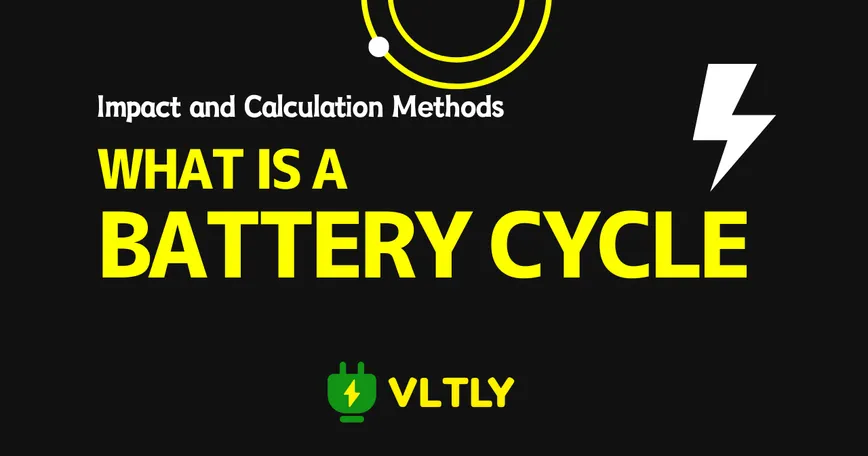
What is a Battery Cycle? Impact on Batteries and Calculation Methods
An important spec indicator for using portable power supplies is the "battery cycle." This article explains what a battery cycle is, its impact on batteries, and tips for extending battery life.
Posted at: 2024.7.24
What is a Battery Cycle?
A battery cycle refers to the complete process of charging and discharging a battery.
As batteries degrade with each cycle, it serves as an indicator of "how long it can be used" and "how much use leads to degradation."
What is a "1" Charge-Discharge Cycle?
A charge-discharge cycle means the process where the battery is charged from 0% to 100% and then used until it reaches 0%. Therefore, "charging the battery from 0% to 100% and using it from 100% to 0% counts as one cycle."
However, in reality, batteries are not always charged from 0% to 100%.
For example, it is common to use the battery from 100% to 50% and then recharge it back to 100%. Such partial charging and discharging are also counted as part of the cycle. In the previous example, it would be calculated as 0.5 cycles.
Battery Cycles Affect Battery Life
Battery cycles significantly impact the lifespan of a battery.
As the number of battery cycles increases, the battery capacity gradually decreases. For instance, cobalt-based lithium-ion batteries are said to reduce to about 80% of their initial capacity after 500 cycles. This is because the chemical reactions inside the battery degrade with each cycle.
In the case of the latest lithium iron phosphate batteries, the battery life is significantly improved, with the battery cycles reaching around 3,000 before the capacity decreases to about 80% of the initial capacity.
Differences in Battery Types and Cycle Counts
Battery cycles vary greatly depending on the type of battery.
| Battery Type | Charge-Discharge Cycles to 80% |
|---|---|
| Lithium-Ion Battery | About 500–3000 cycles |
| Nickel-Metal Hydride Battery | About 300–500 cycles |
| Lithium Polymer Battery | About 500–1000 cycles |
| Lead-Acid Battery | About 200–300 cycles |
Lead-acid batteries, which can provide high output, have the fewest cycles at about 200–300 cycles. On the other hand, lithium-ion batteries, particularly lithium iron phosphate batteries, have significantly longer cycles, reaching around 3,000 cycles to 80%.
Therefore, when choosing a portable power supply, it is crucial to know which type of battery is being used.